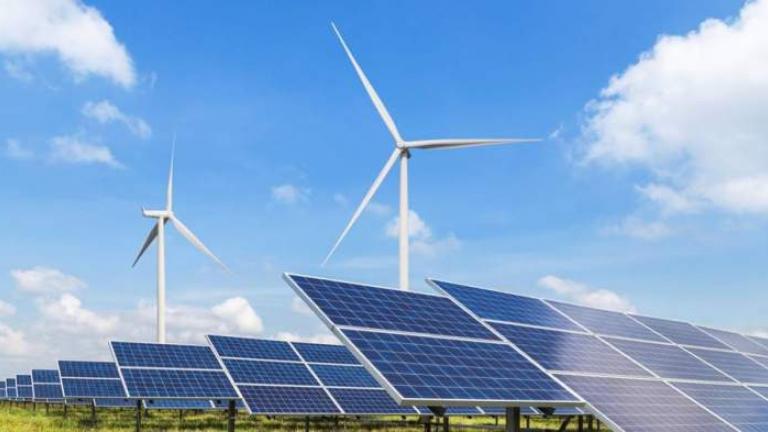
Imagine driving your brand-new electric vehicle along Main Street on a weekday evening. Sleek and silent, you are the envy of the entire town. You know that the carbon dioxide directly emitted from the engine is nil: that was the whole point of buying the thing, wasn’t it? Going a little further — as you are an environmentally conscious owner — you didn’t find it difficult to figure out, and abate, the climate impact of the electricity you used to charge the car: your local utility offers a green tariff so that you can buy low-carbon electricity.
At this point, you might think that your job of reducing the carbon footprint of your car is pretty much complete. But have you ever thought about the CO2 that was emitted in the production of the car? How far were the materials and components transported? Was the lithium in the batteries extracted in a high-altitude Chilean desert or in a remote part of China? Was the copper in the wires mined in Arizona or in Africa? Was the iron ore for the steel extracted in Australia and then processed in China, or was the steel made from recycled scrap metal?
Read more about the work from MIT Center for Transportation & Logistics at medium.com.



